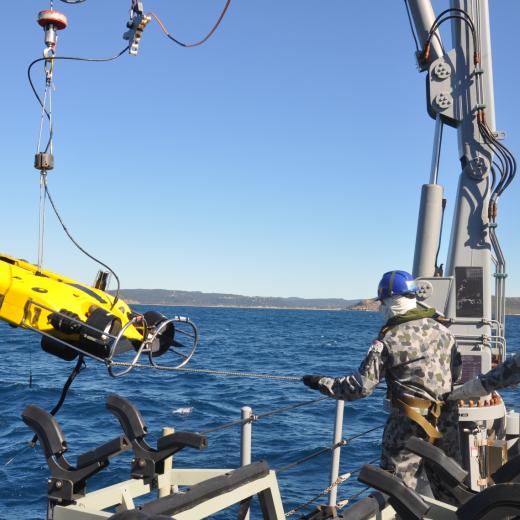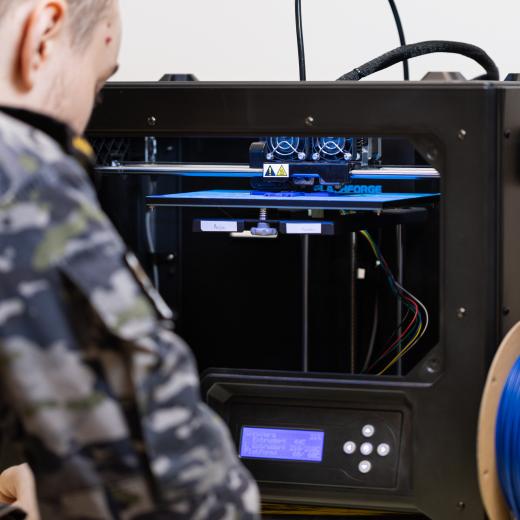BLUF
Using deep learning algorithms, facial-recognition-technology (FRT) is becoming more and more effective.Summary
Facial-recognition-technology (FRT) scans a person's face and then, using facial measurements, stores the data and allocates a code to that person. FRT uses about 80 distinct nodal points on a person's face. This process, known as the biometric technique, looks at variables such as:
- Shape of lips.
- Type of eyes.
- Length and width of the nose.
- Depth of eye sockets
FRT can be used in the home or the workplace, using a two-step process::
- Verification: comparing the person's claimed ID and face to the database
- Identification: checking the person against all the faces in the database.
Using Deep learning, FRT is now able to identify people despite the following:
- Variations in lighting.
- Pose and expression variations.
- Occlusion, sunglasses, masks, etc.
- Appearance variation.
- Pose and expression variations.
Worth considering the balance that needs to be maintained between privacy and security.
References
- The Conversation Articles on Facial recognition
- Jan 2021 The Conversation How law enforcement is using technology to track down people who attacked the US Capitol building
- Feb 2021 The Guardian Facebook doesn't seem to mind that facial recognition glasses would endanger women
- Mar 2021 TE Uber under pressure over facial recognition checks for drivers
- Mar 2021 ZDNET Does it keep COVID-19 out of buildings? Or is it really a facial recognition tool?
- Mar 2021 NYT Facial Recogntion: What Happens When We’re Tracked
- Mar 2021 IE Congrats! You Live in a World Where Anyone Can Use Facial Recognition
- Mar 2021 Mass Live ‘Dangerous when it works and when it doesn’t’: ACLU, state lawmakers’ efforts to restrict facial recognition technology in Massachusetts continues





